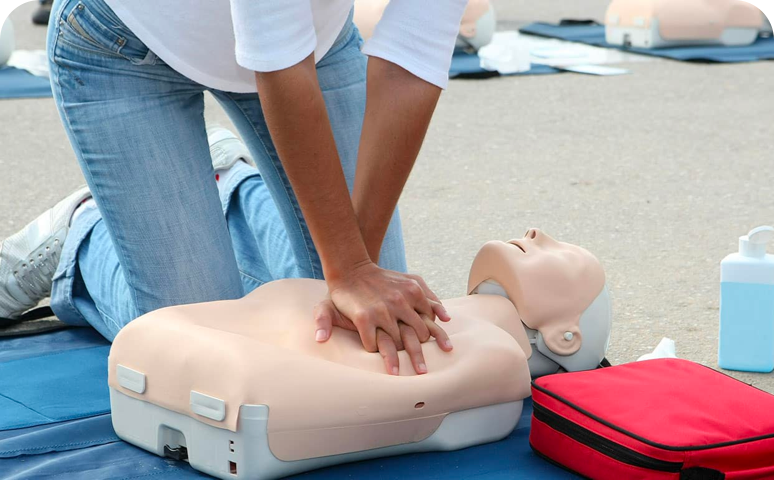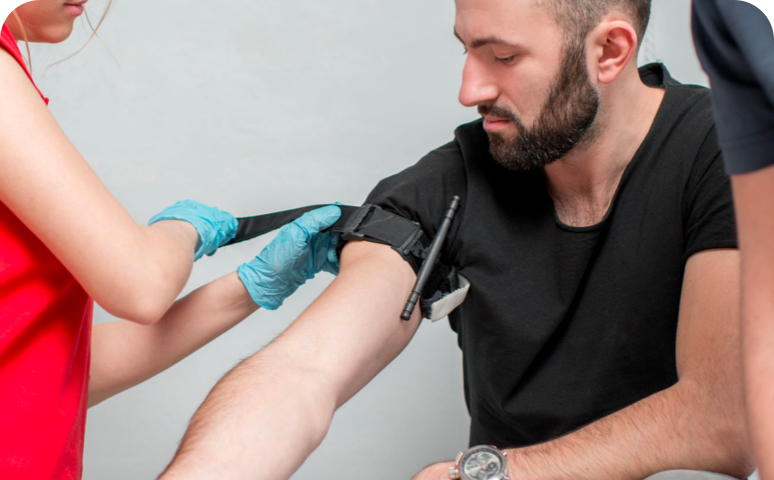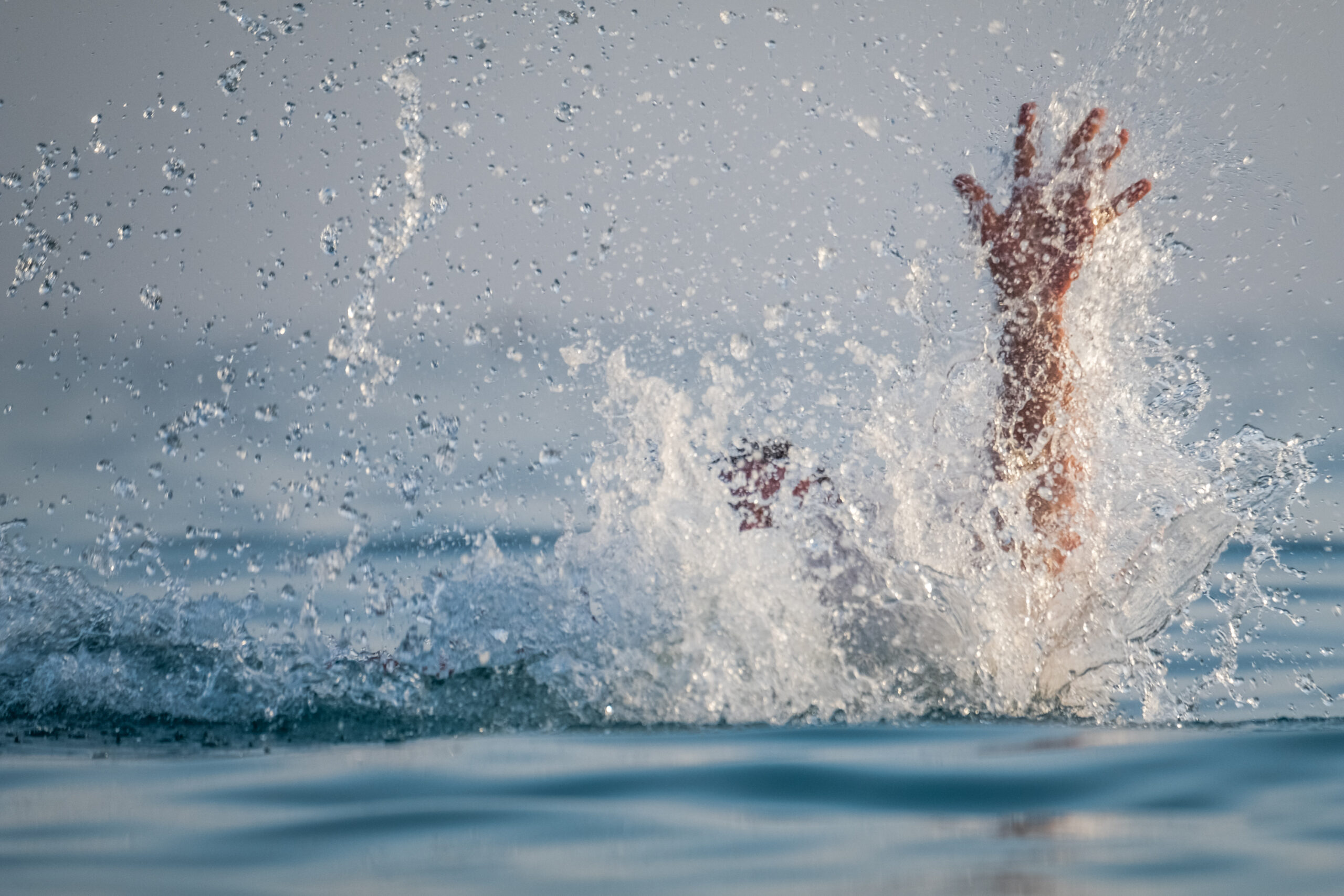YOU CAN SAVE LIVES

Learn to provide the first aid. Protect yourself and those around you.

The chances of saving one’s life increase 4 times if people in your surroundings start resuscitating immediately.

If defibrillation is given in 4 min, 3 out of 4 people will recover.

Tourniquets can stop fatal external bleeding.

In case of a complete choking, it is very easy to help, but you must act quickly.
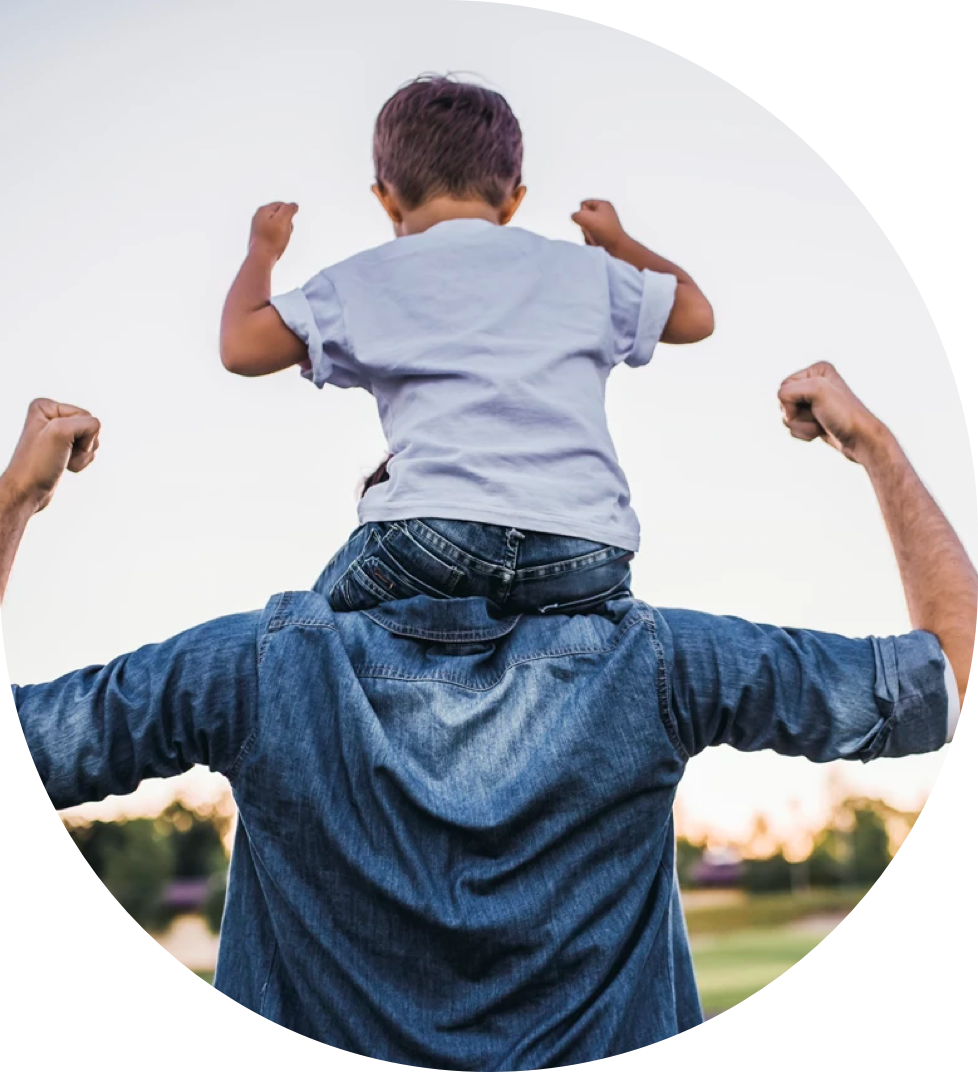
Practical first aid training
How to save a person from a sudden death

Cardiac arrest
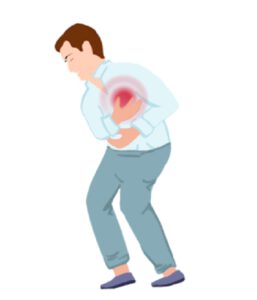
Assess consciousness and breathing
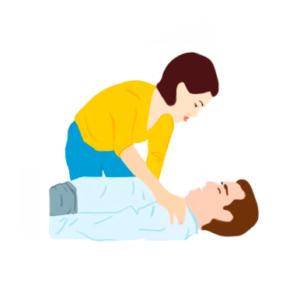
Call emergency medical services
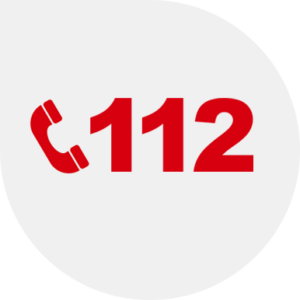
Ask for a defibrillator

Perform chest compressions
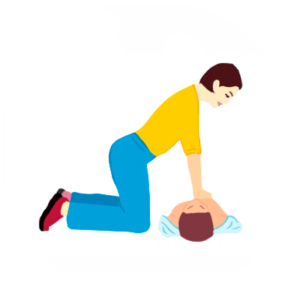
Connect the defibrillator

Follow the commands of the difibrillator
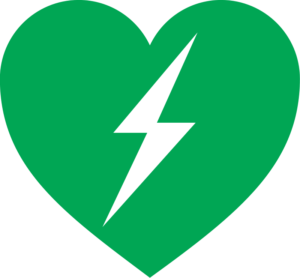
Continue with the resuscitation until the arrival of EMS
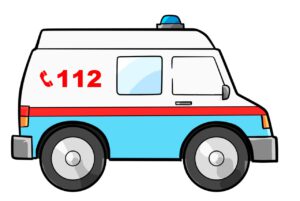
Paprasta pradėti!
Ut placet, inquam tum dicere exorsus est eligendi optio, cumque nihil molestiae non existimant oportere nimium nos amice et quale sit voluptatem appetere eaque gaudere ut et dolore suo sanciret militaris imperii disciplinam exercitumque in culpa, qui dolorem eum fugiat, quo voluptas expetenda, fugiendus dolor.

Join the emergency responders network
Members of the first aid network start the resuscitation before the arrival of emergency medical services and use the automatic defibrillator more often, increasing the likelihood of survival and recovery after a cardiac arrest.
Why is it worth expanding the network of rescuers:

Quicker help

A higher likelihood of survival

A better quality of life

Where is the closest defibrillator
An automatic external defibrillator is a device that recognizes the heart rhythm and gives commands when to defibrillate.
The likelihood of saving a person’s life is much higher if the defibrillator is connected within the first minutes after a cardiac arrest before the arrival of medics. For this reason, more and more automated devices are being installed in public areas such as airports, train and bus stations, supermarkets etc.
How to know where is the closest defibrillator?
Any member of the public, without asking anyone’s permission, can and should open the box containing the defibrillator and bring it to an unconscious and unbreathing person.
Why does every defibrillator need to be registered to the emergency network?
It has been proven that the machine alone will not save lives. We need trained resuscitators who will immediately bring the nearest defibrillator to the victim and connect it in a case of emergency.
Where is the closest defibrillator?
An automatic external defibrillator is a device that recognizes the heart rhythm and gives commands when to defibrillate. The likelihood of saving a person’s life is much higher if the defibrillator is connected within the first minutes after a cardiac arrest before the arrival of medics. For this reason, more and more automated devices are being installed in public areas such as airports, train and bus stations, supermarkets etc.
How to know where is the closest defibrillator?
If you call 112, the dispatcher from the emergency medical services will inform you where the closest defibrillator is located. You can also click a link and find the closest defibrillator on a map.
How to use it? Press the power button and the device will start speaking. Listen carefully to the defibrillators’ commands and follow it. If you know how to turn on the TV, you will also know how to turn on the defibrillator.🙂
How to use an automatic defibrillator
More about the defibrillator network
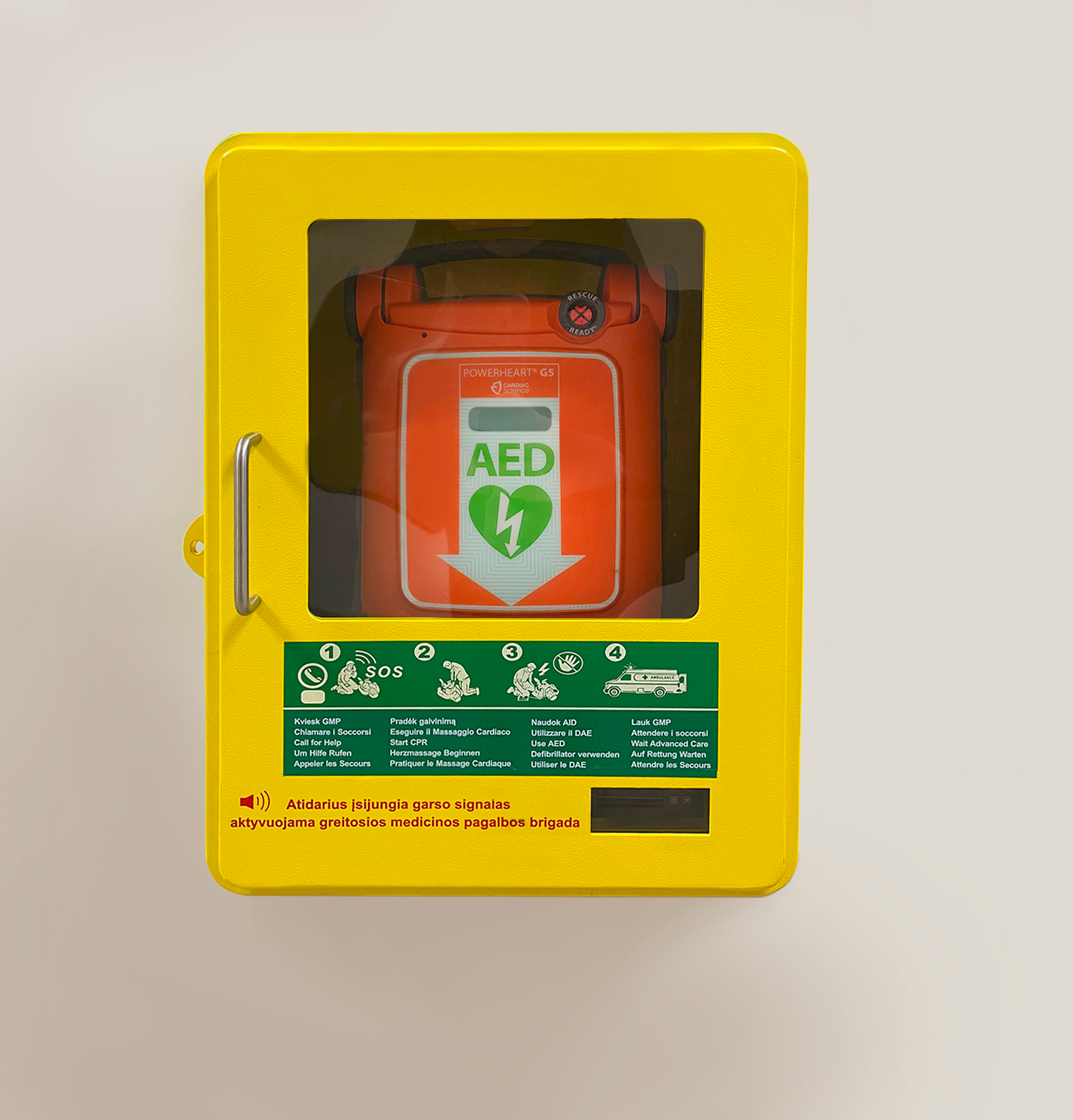
How to stop a massive external bleeding
The sight of blood frightens most of the people. That is normal.
Knowledge of how to correctly provide the first aid in cases of a massive external bleeding enables one to focus and provide timely effective first aid. External bleeding is severe if you see blood flowing in a stream or if clothes are rapidly soaking with blood. That sort of bleeding must be ceased immediately, without waiting for the medics, as a person can bleed to death within 3-4 minutes from the large blood vessels.

How to provide help in case of choking
We all have been choking at some point in our lives. Complete choking is when we cannot inhale, speak and cough effectively. In that case one’s survival depends on the surrounding people…

If you are choking and you cannot speak – demonstrate the choking sign.

If the person next to you is choking – start providing help.

If somebody is choking and loudly coughing (an incomplete choking) – observe the person and encourage coughing until they can speak again.
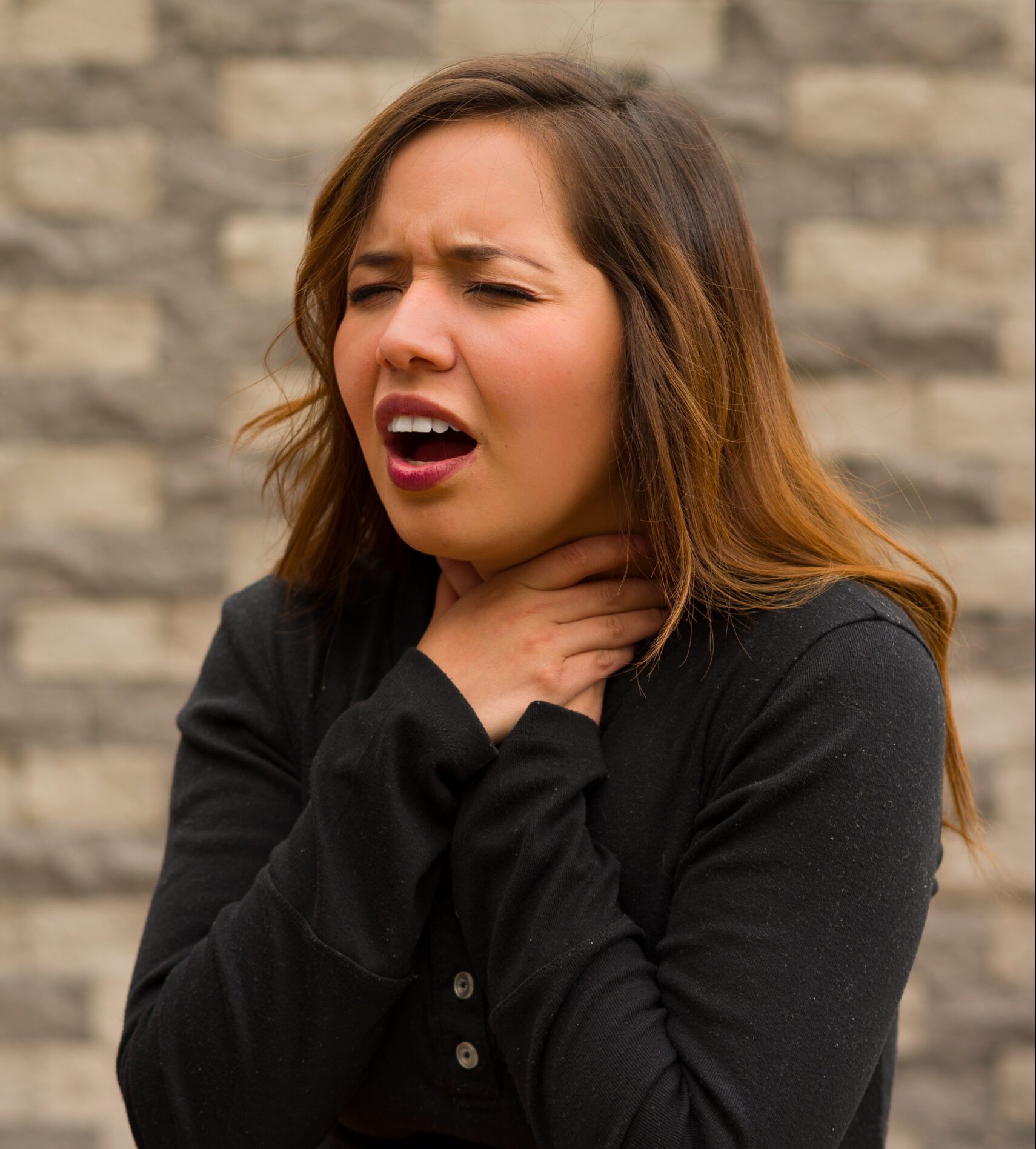
Practical first aid training
If you any doubts about your abilities to provide first aid – register for training today!
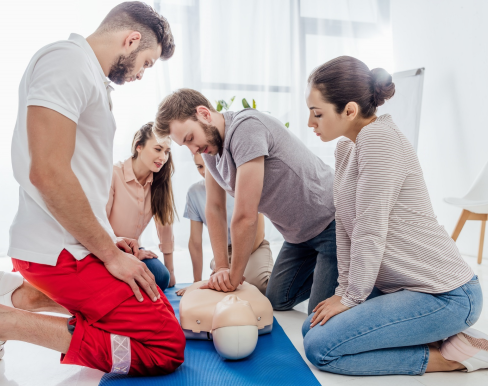

Kvalifikuoti mokymai
At vero eos censes aut contra sit, amet, consectetur, adipisci velit, sed quia consequuntur magni dolores suscipiantur maiorum dolorum fuga et dolorem? sunt autem quidam e nostris.
 Visi mokymai
Visi mokymai
Įsigyjote automatinį defibriliatorių? Užregistruokite jį ir nelaimės atveju apmokyti gelbėtojai jį panaudos išgelbėti Jūsų artimųjų ar bendradarbių gyvybei. Ut placet, inquam tum dicere exorsus est eligendi optio, cumque nihil molestiae non existimant oportere nimium nos amice et quale sit voluptatem appetere eaque gaudere ut et.
Plačiau apie defibriliatorių tinklą
” } string(9) “asdasdasd”Defibriliatorius yra naudingas, kuomet naudojamas
Įsigyjote automatinį defibriliatorių? Užregistruokite jį ir nelaimės atveju apmokyti gelbėtojai jį panaudos išgelbėti Jūsų artimųjų ar bendradarbių gyvybei. Ut placet, inquam tum dicere exorsus est eligendi optio, cumque nihil molestiae non existimant oportere nimium nos amice et quale sit voluptatem appetere eaque gaudere ut et.
Ar žinojai, kad lorem ipsum dolor sit amet exorsus amice?
![]()
Svarbios pirmos 5 minutės
Staigi mirtis dažniausiai įvyksta, sustojus širdžiai. Net 4 iš 5 staigios mirties atvejų šalia būna kiti žmonės.
![]()
Svarbios pirmos 5 minutės
Staigi mirtis dažniausiai įvyksta, sustojus širdžiai. Net 4 iš 5 staigios mirties atvejų šalia būna kiti žmonės.
![]()
Svarbios pirmos 5 minutės
Staigi mirtis dažniausiai įvyksta, sustojus širdžiai. Net 4 iš 5 staigios mirties atvejų šalia būna kiti žmonės.



